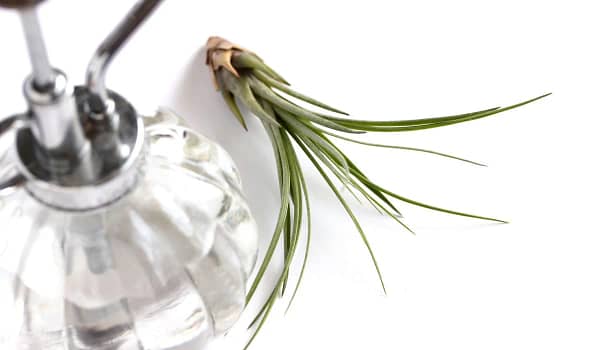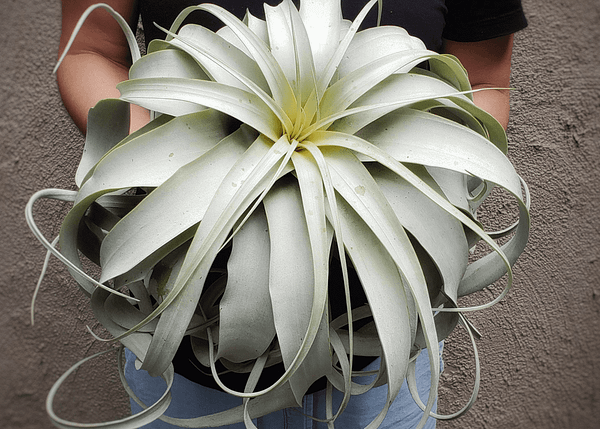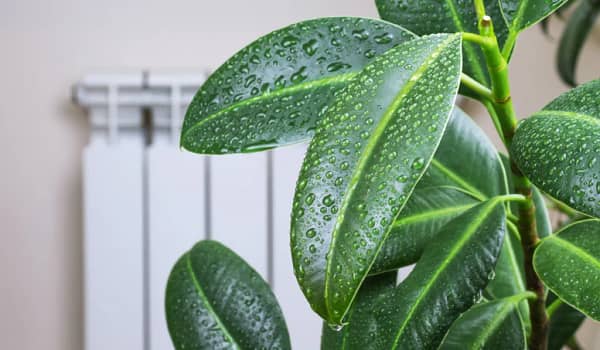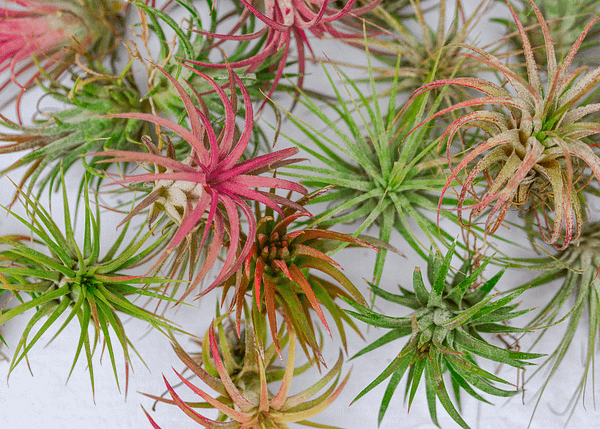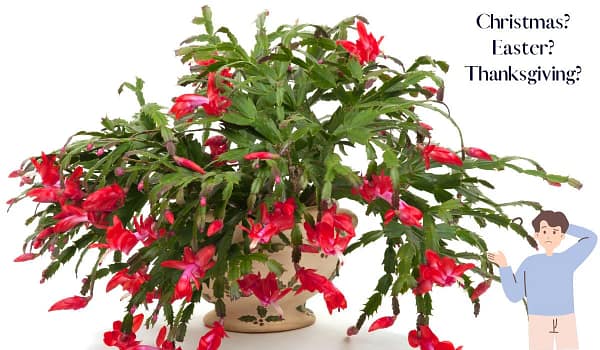All About String of Hearts

Ceropegia woodii
String of Hearts (Ceropegia woodii), also known as Rosary Vine or Chain of Hearts, is a captivating trailing plant that has gained immense popularity among plant enthusiasts. With its delicate, cascading vines adorned with small, heart-shaped leaves, this plant adds a touch of whimsy and elegance to any indoor space.
In this comprehensive guide, we will delve into the care requirements for the String of Hearts plant, offering valuable insights and tips to help you nurture and maintain this delightful succulent. Whether you are a beginner or an experienced plant lover, this article will provide you with the knowledge needed to keep your String of Hearts thriving.

How To Care for String of Hearts
Native to South Africa, the String of Hearts plant has unique care needs. To ensure its health and longevity, focus on the following key care points:
Temperature: Maintain a temperature range between 60°F and 80°F (15°C to 27°C). This plant prefers warm and consistent temperatures, so avoid exposing it to drafts or extreme temperature fluctuations.
Light: Provide the String of Hearts plant with bright, indirect light. It thrives in bright spaces, but direct sunlight can scorch its delicate leaves. Place it near a south or west-facing window where it can receive filtered sunlight or provide indirect light using sheer curtains.
Water: Water the String of Hearts sparingly. This plant is drought-tolerant and prefers to dry out between waterings. Allow the top inch of soil to dry before watering. Overwatering can lead to root rot, so be cautious not to let the plant sit in waterlogged soil.
Soil: Use a well-draining potting mix or combine regular soil with specifically formulated for succulents or cacti. The soil should provide excellent drainage to prevent waterlogging. A mixture of peat moss, perlite, and sand can create an ideal growing medium for the String of Hearts plant.
Humidity: The String of Hearts plant can tolerate average humidity levels, but it appreciates slightly higher humidity. Mist the leaves occasionally or place a shallow tray filled with water and pebbles near the plant to increase humidity in its immediate vicinity.
Fertilizer: Feed your String of Hearts plant with a balanced, water-soluble fertilizer formulated for succulents and cacti. Apply the fertilizer at half the recommended strength once a month during the spring and summer growing seasons. Avoid fertilizing during the winter months when the plant is in a dormant phase.
Care Summary
Zone
The ideal temperature range is 60° – 80 ℉
Strings prefer warm, humid conditions.
Find your zone here.
Water
Somewhat drought tolerant but not as much as a cactus.
Water when the top 1-2 inches of soil is dry.
If you are unsure, stick your finger in the soil.
Too much water can cause root rot
Size
These are small, compact plants that grow long.
Light
Bright, indirect light but can grow well in medium-light situations.
String of Hearts love the morning sun.
Direct sun after 11 am can cause sunburn.
Soil
Use a rich potting mix that drains well.
Combine regular soil with soil specifically formulated for succulents or cacti.
Compost will add much-needed nutrients.
Humidity
Tolerant of low humidity levels.
Fertilizer
Fertilize every during the growing season.
Once every three months with Green Grub Insect Frass.
For synthetic, use an all-purpose houseplant fertilizer with a balanced ratio.
Propagation
Tumbers
Stem or leaf cuttings

How to Propagate String of Hearts
The String of Hearts plant can be propagated easily through stem cuttings or tubers. It’s best to wait until spring or summer to propagate.
If you want to propagate during the colder months, we suggest using grow light and warming mats. This will trick your young plants into thinking it’s spring and encourage more growth.
Here are a few grow lights and warming mats that will help your plant-lets thrive:
Stem Cuttings: To propagate the String of Hearts plant through stem cuttings, follow these steps:
- Select a healthy vine and locate a section with several leaf nodes.
- Using clean, sharp scissors or pruning shears, cut a 4-6 inch (10-15 cm) section just below a leaf node.
- Allow the cutting to dry and form calluses for a day or two.
- Fill a small pot with well-draining soil and make a small hole with your finger.
- Insert the cut end of the stem cutting into the hole and gently press the soil around it.
- Place the pot in a bright, indirect light location and lightly water the soil. Be cautious not to overwater during the initial stages of propagation.
Tubers: Propagation through tubers involves separating and planting the small tubers that grow along the plant’s vines. Follow these steps:
- Identify the tubers along the vines of a mature plant.
- Carefully detach the tubers from the main plant, ensuring they have roots attached.
- Plant each tuber in a separate pot filled with well-draining soil.
- Provide bright, indirect light and water sparingly, allowing the soil to dry out between waterings.
Common Problems
Problem: Yellowing Leaves
Solution: Yellowing leaves in the String of Hearts plant can indicate overwatering or nutrient deficiencies. Ensure that you are allowing the soil to dry out between waterings and adjusting your watering schedule accordingly. If the plant appears to be lacking nutrients, consider applying a diluted, balanced fertilizer to provide the necessary nutrients for healthy growth.
Problem: Leggy Growth
Solution: Leggy growth occurs when the String of Hearts plant doesn’t receive enough light. To remedy this, move the plant to a brighter location with indirect sunlight. Additionally, consider pinching back the vines to encourage bushier growth and promote fuller foliage.
Problem: Pest Infestation
Solution: Common pests that can affect the String of Hearts plant include mealybugs and spider mites. Regularly inspect the plant for signs of infestation, such as webbing or small cotton-like clusters. If pests are present, isolate the plant to prevent further spread and use a gentle insecticidal soap or neem oil to treat the affected areas. Repeat the treatment as necessary until the pests are eliminated.
Caring for the String of Hearts plant can be a delightful and rewarding experience. By providing the right conditions in terms of temperature, light, water, soil, and humidity, you can create an environment where this charming succulent thrives.
Enjoy the cascading vines and heart-shaped leaves as they add a touch of whimsy and natural beauty to your home or office space.
Get your very own String of Hearts here.
‘Disclaimer
We act as affiliates for trusted merchants and we may earn referral commissions resulting from purchases of products or services recommended on this website.’














